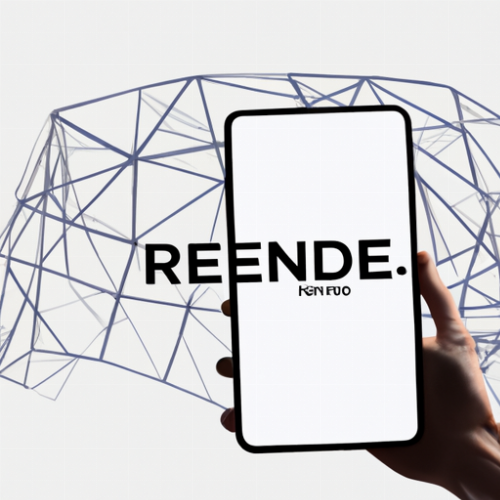3D scanning technology has a significant impact on architectural design and construction in several ways:
1. Improved accuracy: 3D scanning technology provides designers and engineers with accurate and detailed measurements of existing structures and spaces, allowing them to work with greater precision.
2. Faster prototyping: With 3D scanning technology, architects and designers can quickly create virtual models of structures and test different designs and materials before starting actual construction, which saves time and reduces costs.
3. Preservation of historic buildings: 3D scanning technology is also helpful in the preservation of historic buildings, as it allows architects to create detailed digital models that can be used for restoration purposes.
4. Meeting client expectations: 3D scanning can also help architects and builders in meeting client expectations by providing them with realistic virtual models of the proposed structure, which enables them to better visualize the final product.
Overall, 3D scanning technology has revolutionized architectural design and construction by providing designers and engineers with powerful tools that enable them to work efficiently, accurately, and creatively.
Publication date:

